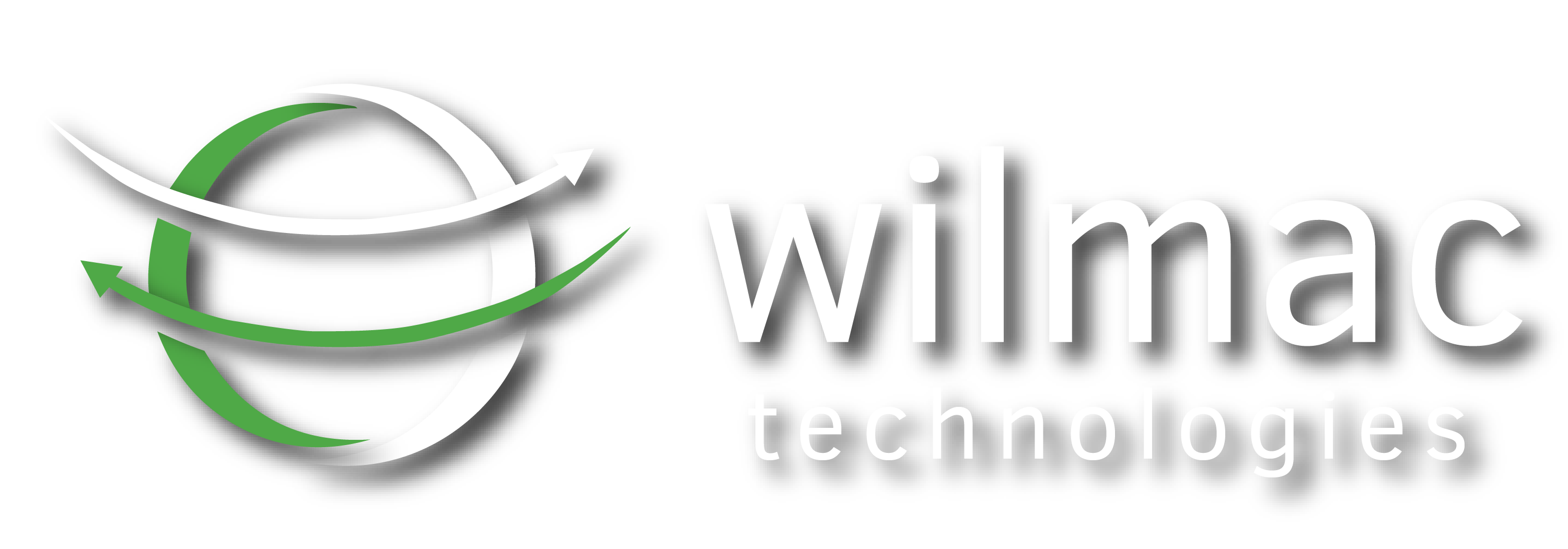Three Challenges to Managing Remote Contact Center Agents
As we all navigate the uncertainties of COVID-19, a question in our line of business continues to arise: How do we manage contact center agents working from home? There is no fully correct answer to remote agent management because of the uniqueness of each individual contact center, manager, agent, etc. But, here are three common challenges to identify and resolve when it comes to managing remote agents in an effective, efficient, and positive way.
1. The Software Situation
When working on-premises, agents have all of the necessary tools and equipment at their disposal to do their job – things like a CRM, call monitoring, IVR, dashboards, headsets, fast internet, and more. When working remotely, these agents don’t always have access to the appropriate tools for them to succeed as they would on-premises. As a manager, it’s critical that you set your standards when it comes to remote agents and their work equipment and then to be transparent about it when hiring.
A best practice in this instance is to consolidate your tools. Minimize time and effort by ensuring your contact center has a consolidated solution that provides you with the ability to manage all contact center functionality – Administration, Routing, Reporting, Analytics, Quality Management (QM), Workforce Management (WFM), etc. – in one solution with one common interface. Doing so could save you significant time and effort when it comes to providing your remote agents with their equipment.
How will the agent be granted access to the contact center’s call software? Is the software able to be utilized by remote agents? Will they be sent a laptop or headset to ensure optimal voice quality and Internet speed? While the software situation is a challenge, it’s critical that standards are set and effectively communicated so agents understand what is expected of them when working at home.
2. The Training Truth
Training is another challenge managers face with remote agent management. How can we ensure our agents are fully prepared to handle and answer customers when you’ve never seen them work in person? This is another instance where the software situation comes in. Make sure that your contact center software can monitor calls remotely and have resources available for eLearning and coaching. Just because you can’t see your agents physically doesn’t mean they don’t need the same assistance and teaching you would provide on-premises.
This is where call monitoring comes in. After you’ve found a solution that has helped you consolidate your tools, having call monitoring available is a MUST. With not being able to walk the floor and monitor your agents in-person, being able to monitor remote agents’ calls and record them to optimize your QM is critical. Along those lines, use call monitoring and recording as an opportunity for further coaching and improvement for the agent. Show them what they could’ve done differently in a certain situation or just be there for them to answer questions.
Training doesn’t just better prepare the agents, though – it helps managers identify opportunities for improvement, promote a positive customer experience, and it motivates the agents. Knowing that your manager can hop on your call and listen at any time is a motivator when it comes to agent performance. Invest in a wholesome, effective training program for your agents and emphasize continuous learning within your contact center.
3. The Culture Question
The last important challenge to address is the culture you wish to maintain. Whether it’s hybrid or remote, your agents won’t be seeing each other physically as much and it can be easy to feel alone. Make a conscious effort to make your agents feel like they’re a part of something by holding regular meetings, establishing face-to-face (whether that be in-person or online) touchpoints regularly, and promoting incentive and rewards programs. While your agents may be working from home, it doesn’t mean effort shouldn’t be put into their employee satisfaction.
Managers can be really creative in this scenario. While there is a stigma surrounding the pressures of working in a contact center, you can facilitate a more positive work environment which, in turn, affects the quality of work your agents are putting in. For example, hold weekly round tables where you make yourself available to answer questions, hold lectures, and promote the opportunity to vent (because dealing with customers all day can be frustrating). Create an incentive program or inner-office competitions to reward agents that are performing well. Hold a virtual cocktail hour on Fridays to bring the team together and encourage face-to-face interactions. Think of something you might enjoy and ask yourself how you can bring that positivity to your agents.
Now that you’ve read about some common challenges around remote agent management in contact centers, you can address and minimize the threat.
For more information and tips about managing, engaging with, and motivating a remote workforce, check out our on demand webinar or book a demo to see NICE CXone in action.
Menu
Contact
Rochester Headquarters
100 Chestnut St, Suite 1004
Rochester, NY 14604
New York City
345 7th Ave, Ste. 404,
New York, NY 10001
Toronto
5955 Airport Rd, Ste. 140,
Mississauga, Ontario L4V 1R9

